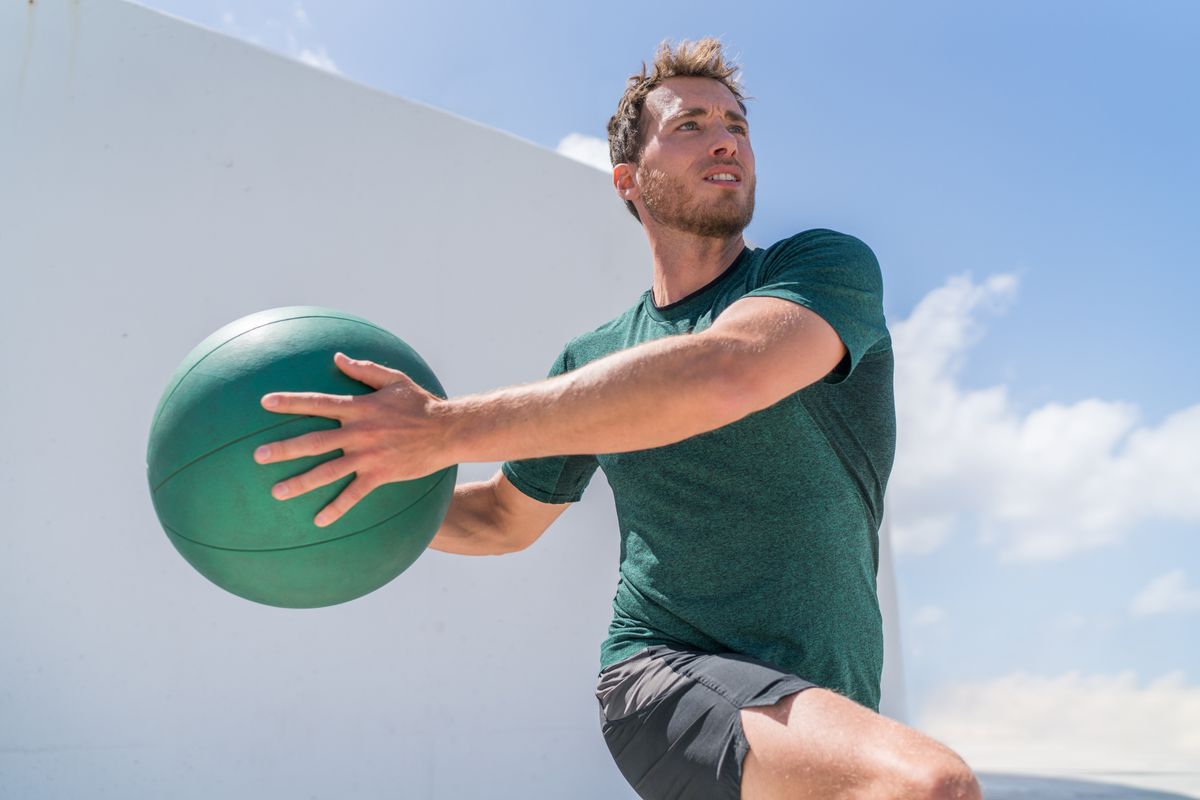Building strong and defined obliques not only contributes to an impressive-looking core, but it also offers numerous benefits beyond aesthetics. According to Michelle Ditto, the training development manager for Pure Barre, the group of core muscles comprising the obliques plays a vital role in improving posture, providing trunk stability, and supporting overall mobility. By strengthening these muscles, you can effortlessly navigate through a wide range of movements and perform daily tasks with ease.
Consider the frequency with which you twist your body to pick up objects from the ground or reach for items on high shelves in your kitchen. Your obliques are crucial for maintaining stability in your spine and enabling seamless movement during these activities. As Ditto explains, freedom of movement is one of the most significant advantages of overall fitness and strength training. By dedicating time to strengthen your obliques, you can enhance your body's ability to move efficiently throughout your daily life.
To target your obliques effectively, it's important to focus on two main muscle groups: the external and internal obliques. These muscles possess fibers that run in opposing directions and work collectively to facilitate waistline bending and midline twisting. These movements involve the trunk passing through different planes of motion, promoting increased mobility throughout the body in a functional manner.
Below, Michelle Ditto shares her expert advice on the best exercises to strengthen your obliques, leading to a well-rounded and powerful core while improving your posture and spine health. Incorporate these exercises into your current fitness routine for optimal results.
1) Side Arm Planks:

Hold for 30 seconds on each side Side arm planks are a tried-and-true exercise that engages the oblique muscles, promoting functional stability throughout the trunk. To perform this exercise, start by resting on your right forearm, stacking your feet and hips. Lift your hips off the ground and hold the position for 30 seconds on each side. Ensure equal time on both sides to maintain balance and symmetry.
For added challenge and engagement of the obliques, you can lower and lift your hips or try a straight arm variation with your bottom wrist stacked under your shoulder.
2) Alternating Plank Leg Lifts:
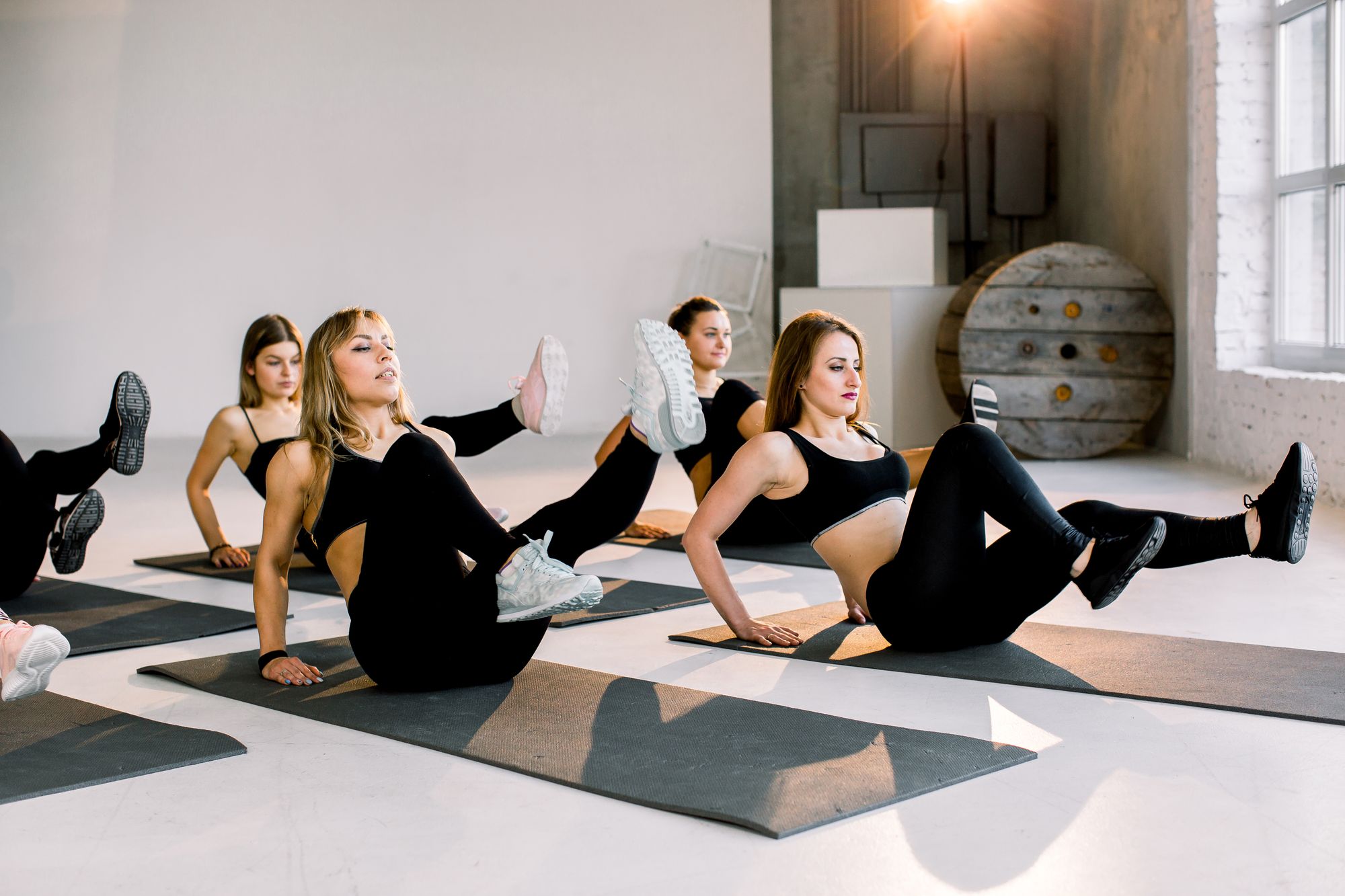
Perform 10 to 12 reps on each side Adding leg lifts to the classic plank exercise intensifies the focus on the obliques and anti-rotational work. Begin in a forearm plank position with your legs extended behind you. Lift your right leg without shifting your weight to the left hip, then lower it back down. Repeat the motion with your left leg. Aim for 10 to 12 reps on each side.
To increase the challenge, you can narrow your foot placement or focus on pressing into the supporting arm and engaging the core muscles fully.
3) Mountain Climbers:

Do 20 to 25 reps Considered a dynamic version of the plank, mountain climbers target the external obliques while boosting muscular strength, endurance, and overall core activation. Start in a straight-arm plank position with your legs extended behind you. Bring your right knee up and across your body toward your left shoulder, maintaining an open chest and elongated spine. Return your leg to the starting position and repeat the motion with your left knee. Alternate between legs for 20 to 25 reps.
Feel free to increase the speed of the exercise as long as you can maintain proper form and technique.
4) Seated Ab Twists:
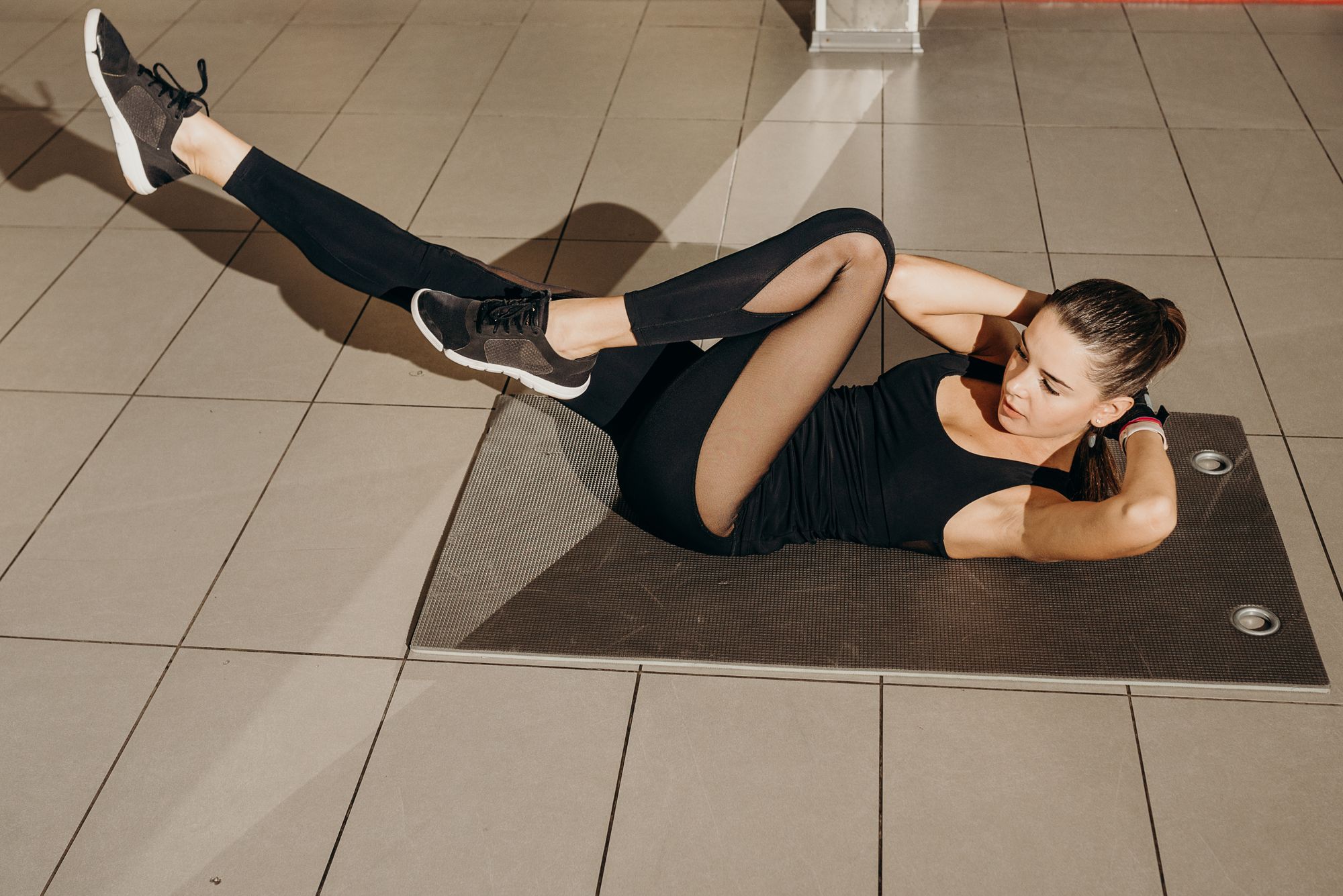
Complete 10 to 12 reps on each side Seated ab twists, also known as Russian twists, focus on rotational movements to increase range of motion and strengthen the entire torso and hips. Sit down with bent knees and both feet flat on the ground. "Round your waist" back towards the ground while keeping your feet in contact with the floor. Slowly twist your body to the right, ensuring your left hip remains on the ground. Switch sides and repeat the motion. For an added challenge, lift your legs to a tabletop position and hold a weight in your hands. Aim for 10 to 12 reps on each side.
Training twisting motions safely contributes to a resilient spine and core, enabling you to handle everyday activities that involve upper-body rotations.
5) Standing Leg Abduction with Resistance:
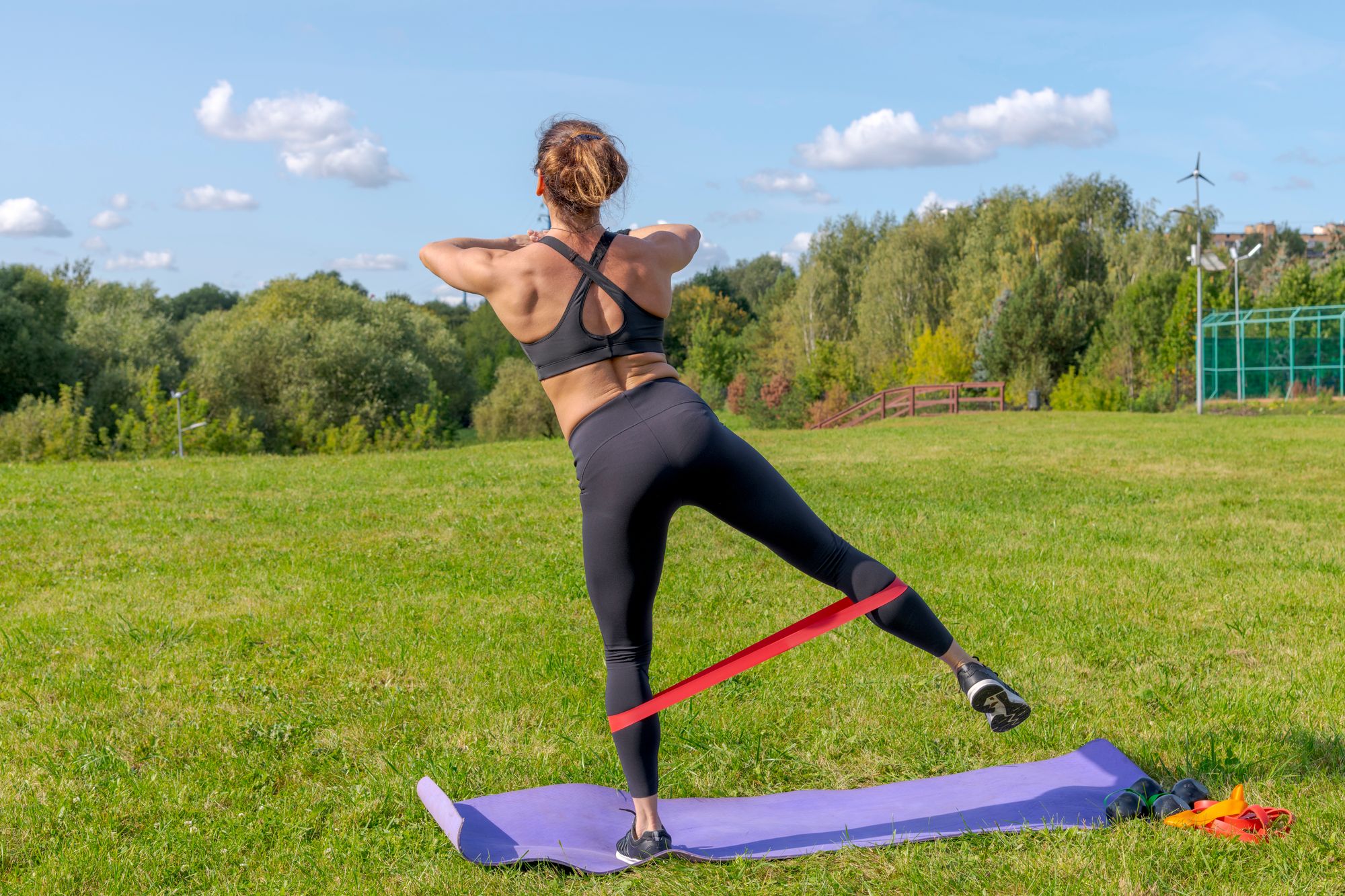
Perform 10 to 12 reps on each side, 3 sets in total Targeting the obliques from a standing position adds a balance challenge and increases time under tension for these muscles. Place a closed loop resistance band around your thighs or ankles for added difficulty. Stand tall with one hand resting on a wall or stable surface for support. Keep your feet hip-width apart and kick one leg out to the side, maintaining alignment with the opposite foot. Squeeze your glutes and keep your body vertical. Lower the leg and repeat on the other side. Complete 10 to 12 reps on each side for three sets.
6) Single Dumbbell Deadlifts:
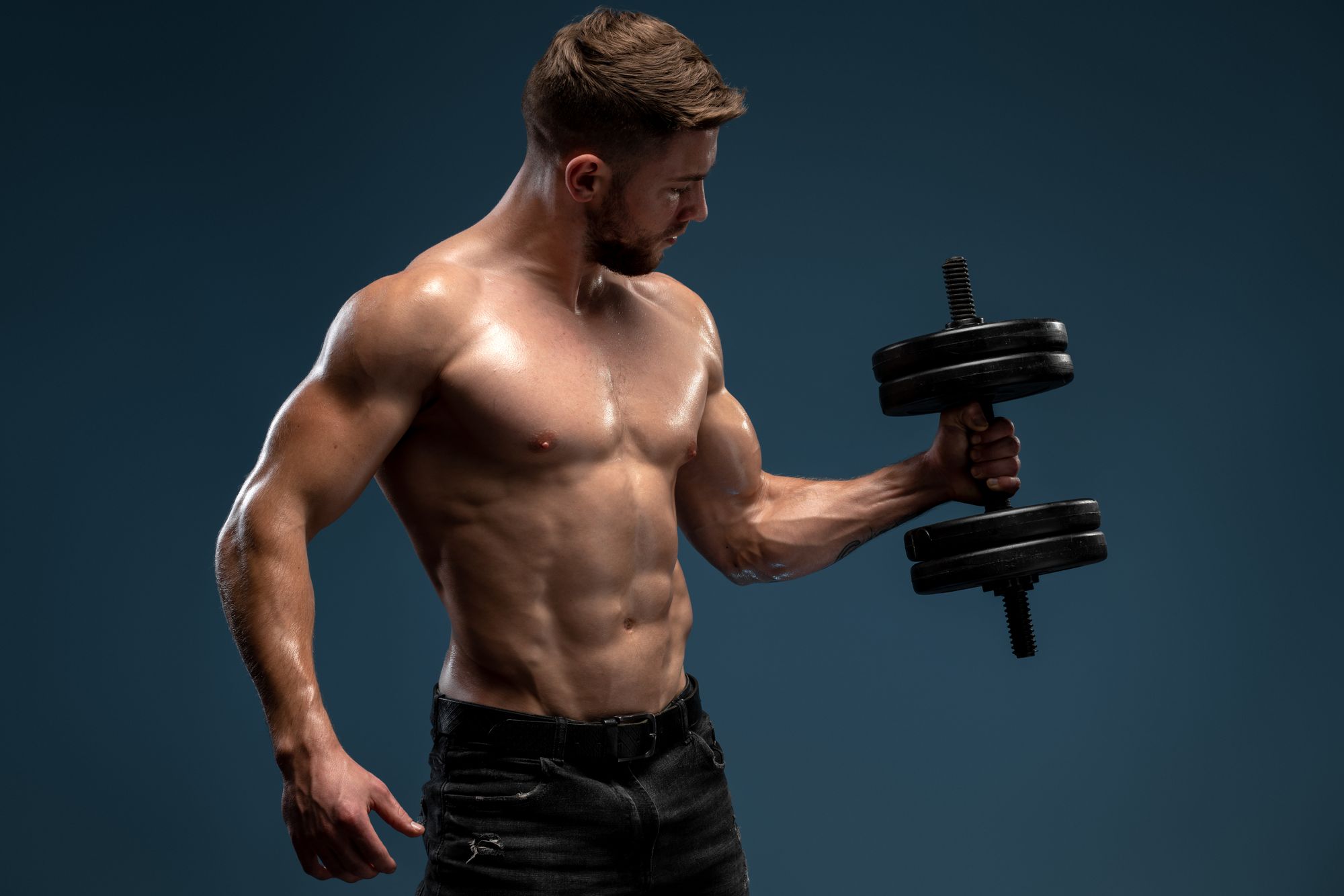
Do 8 to 12 reps on each side, 3 sets in total Single dumbbell deadlifts are excellent for working the glutes and engaging the full core musculature, including the obliques. Hold a moderate to heavy dumbbell in your right hand and extend your arm at your side. Plant your feet hip-width apart with a slight knee bend. Hinge your hips forward, lowering the dumbbell down your right leg while keeping your spine neutral and hips squared. Squeeze your glutes to return to the starting position, aligning your hips with your shoulders. Complete 8 to 12 reps on each side, performing three sets in total.

